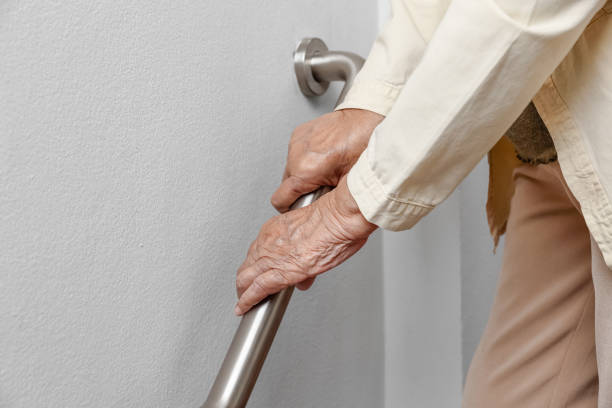
More studies proving the germ killing power of copper
Share
In a recent study, researchers explored the effectiveness and durability of different copper surfaces used in healthcare settings to combat harmful bacteria. The study compared three types of copper surfaces—solid copper, spray-on copper, and copper-infused materials—against traditional stainless steel.
Antimicrobial Efficacy
The primary goal was to assess how well these copper surfaces could kill two common types of bacteria found in healthcare environments: Staphylococcus aureus and Pseudomonas aeruginosa. These bacteria are known for causing a variety of infections, particularly in patients with weakened immune systems.
The results showed that all three types of copper surfaces had some ability to kill these bacteria, but their effectiveness varied:
-
Solid Copper: This type of surface demonstrated the highest level of antimicrobial activity. It consistently killed a significant number of bacteria within a short period.
-
Spray-on Copper: This surface also performed well, showing strong antimicrobial properties, though slightly less effective than solid copper.
-
Copper-infused Materials: While still effective, these materials were the least efficient among the three copper types in killing bacteria.
Compared to stainless steel, which showed little to no antimicrobial activity, all copper surfaces were significantly more effective in reducing bacterial presence.
Durability Testing
Beyond antimicrobial efficacy, the study also examined how durable these surfaces were, especially when subjected to regular cleaning with disinfectants. This aspect is crucial because healthcare surfaces undergo frequent cleaning to maintain hygiene standards.
-
Solid Copper: This surface proved to be the most durable. It exhibited the least amount of mass loss and maintained its antimicrobial properties even after repeated exposure to cleaning agents.
-
Spray-on Copper: While also durable, the spray-on copper surface showed more wear and tear over time compared to solid copper.
-
Copper-infused Materials: These materials were the most susceptible to degradation. The antimicrobial efficacy of these surfaces decreased more significantly after repeated cleaning.
Implications for Healthcare
The findings of this study have important implications for healthcare facilities. The superior antimicrobial properties of solid and spray-on copper surfaces make them valuable in reducing the spread of infections. However, the durability of these surfaces also needs to be considered, especially in high-touch areas that require frequent disinfection.
Challenges and Considerations
Despite the promising results, the study highlights several challenges. The cost of installing copper surfaces can be high, and their long-term maintenance needs careful consideration. Additionally, while copper surfaces can help reduce bacterial load, they are not a standalone solution. They should be part of a broader infection control strategy, including regular cleaning protocols and other preventive measures.
Conclusion
In conclusion, the study underscores the potential of copper surfaces to enhance infection control in healthcare settings. Solid copper surfaces, in particular, offer a strong combination of antimicrobial efficacy and durability. As healthcare facilities continue to battle against bacterial infections, integrating copper surfaces could be a valuable strategy to protect patients and healthcare workers.
For more details, you can access the full article here.
